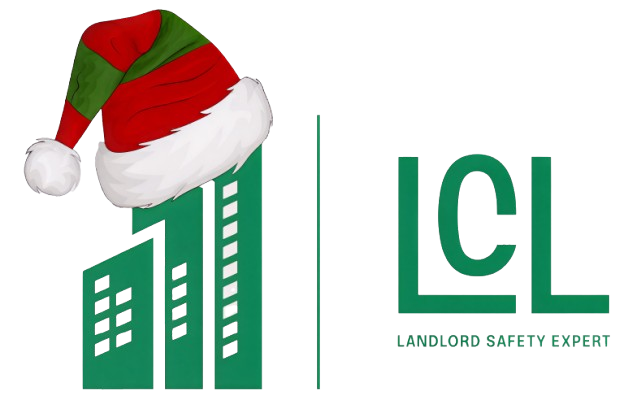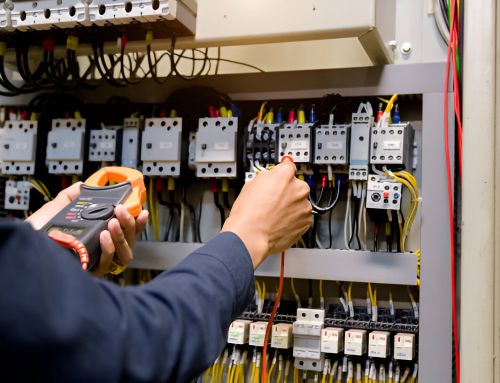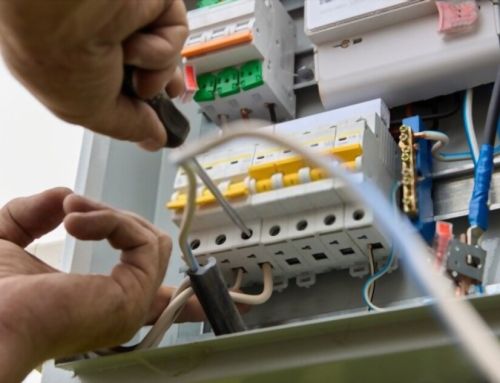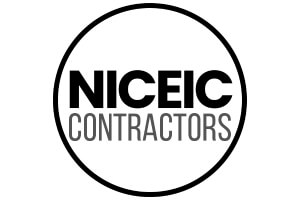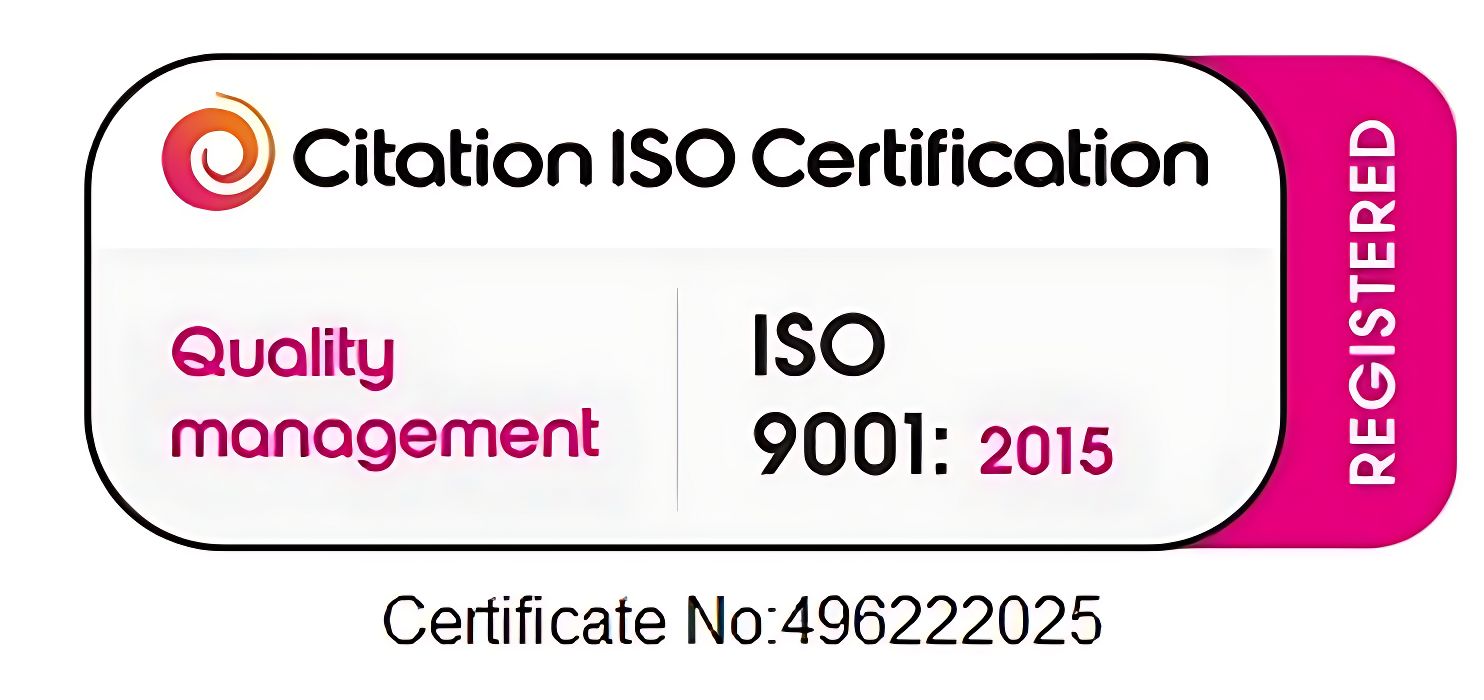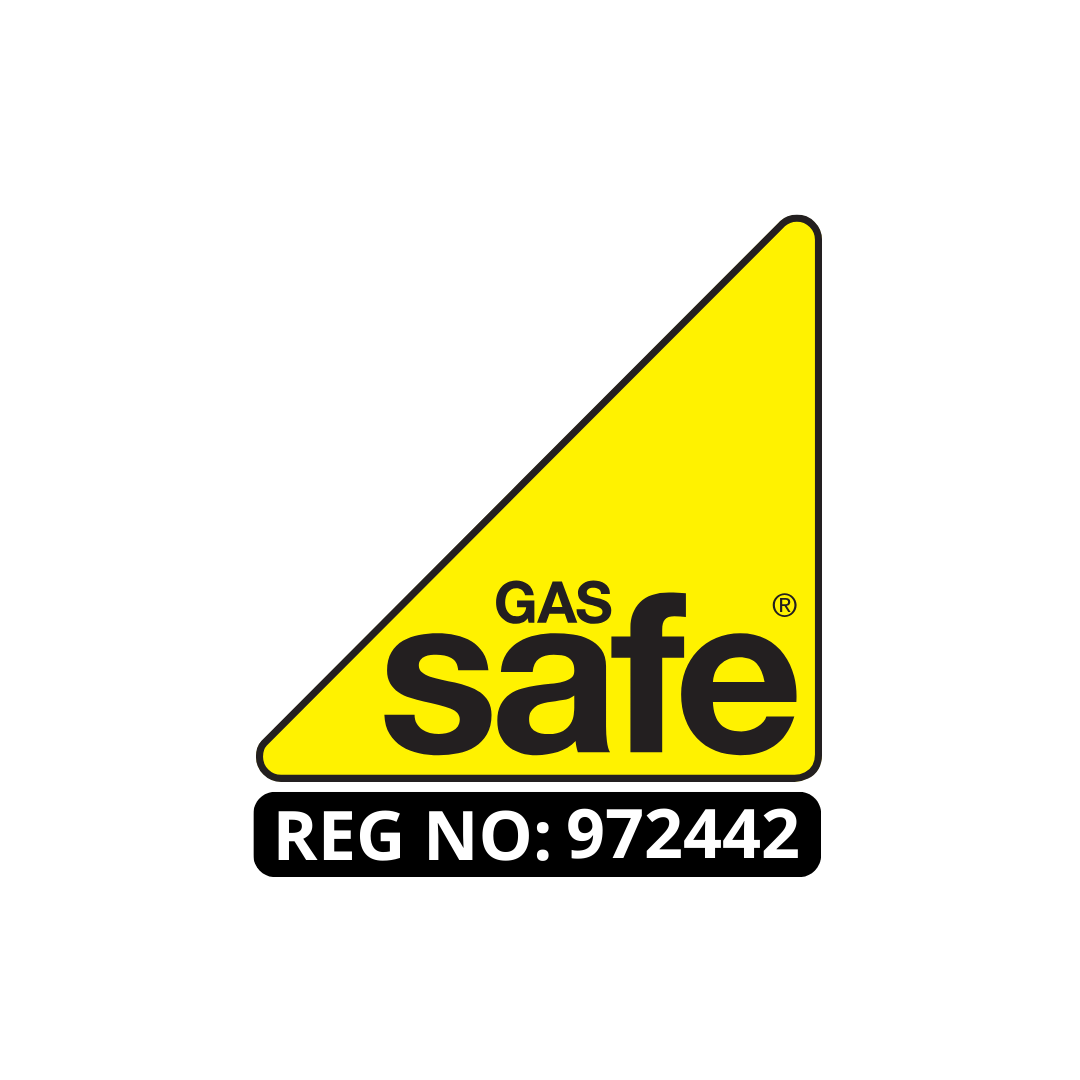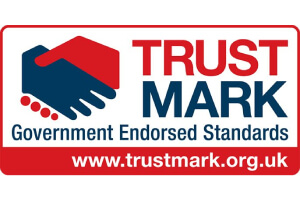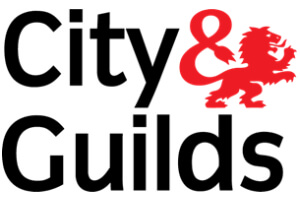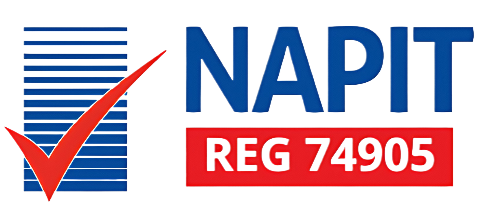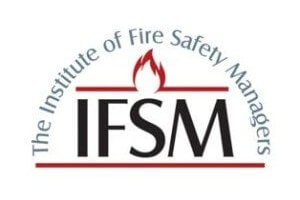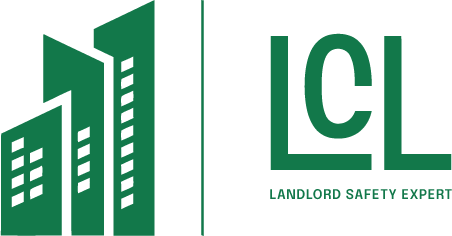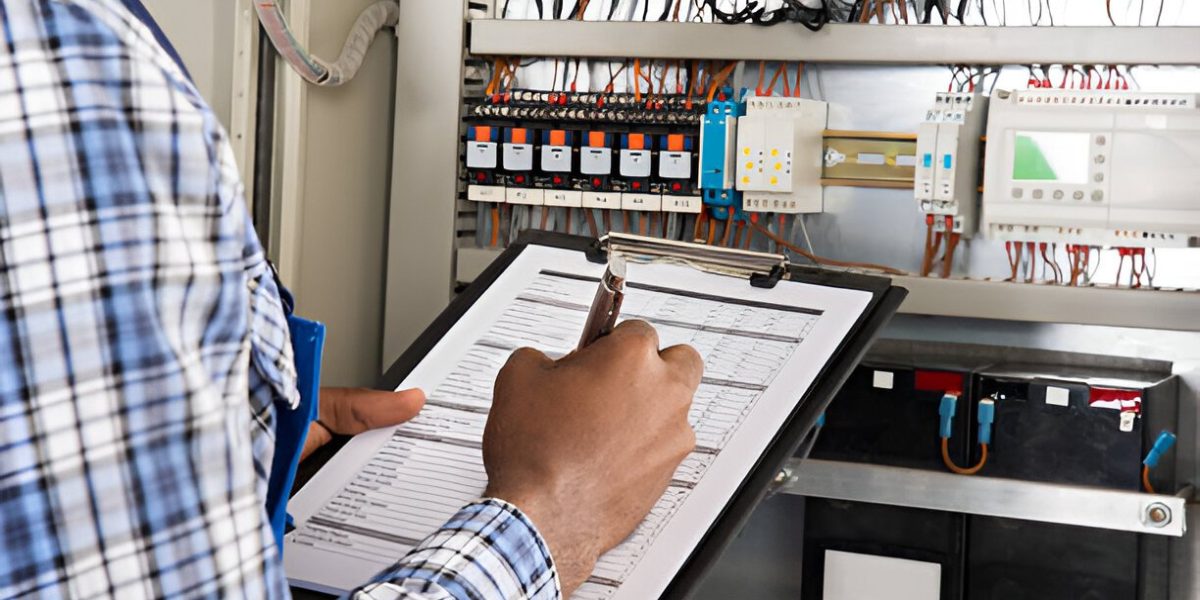
There’s a great chance that you’ve come across the term Electrical Installation Condition Report (EICR) if you’re a landlord, homeowner, or property manager.
But the main question here is: how much does it eicr cost, and what are its cost drivers?
If you’re looking for answers to these or relevant questions, this is the perfect blog for you. We’ll be breaking down the following things clearly: What is an EICR, where does it fall on the cost scale, what are its cost drivers, what’s included in it, and why is it important?
What is an EICR?
An Electrical Installation Condition Report (EICR) is a detailed test of the electrical wiring, sockets, switches, fuse boxes, and other electrical installations in a property. This report evaluates the condition of the electrical systems within the building and recognizes any problems or potential safety hazards.
It is mandatory for landlords to have an Electrical Installation Condition Report (EICR) every five years according to the Electrical Safety Standards in the Private Rented Sector (England) Regulations 2020.
Landlords must:
- Have a qualified person check all the electrical installations.
- Have an Electrical Installation Condition Report (EICR) written, ensuring safety of the property.
- If asked, give a copy of this report to the local authority and tenants.
Typical EICR Cost Ranges
EICR Costs when it comes to UK are mostly uniform for domestic properties. When we talk about commercial properties, their cost ranges vary depending on factors like: how complex the systems are and the number of circuits in the property.
Typical cost ranges are:
- £100 to £250 for a standard domestic property.
- £125 to £300 for home properties.
- £80 to £140 for minimal scope or very small properties.
- £30 to £50 per circuit for commercial properties.
Here’s a guide to EICR cost for domestic properties according to size:
- 1-bedroom flat ≈ £125
- 2-bedroom flat ≈ £150
- 3-bedroom house ≈ £200
- 4-bedroom house ≈ £250
- 5-bedroom house or large detached ≈ £300+
So, expect to pay around £150-£250 for an average home when planning your EICR financial plan along with some adjustments.
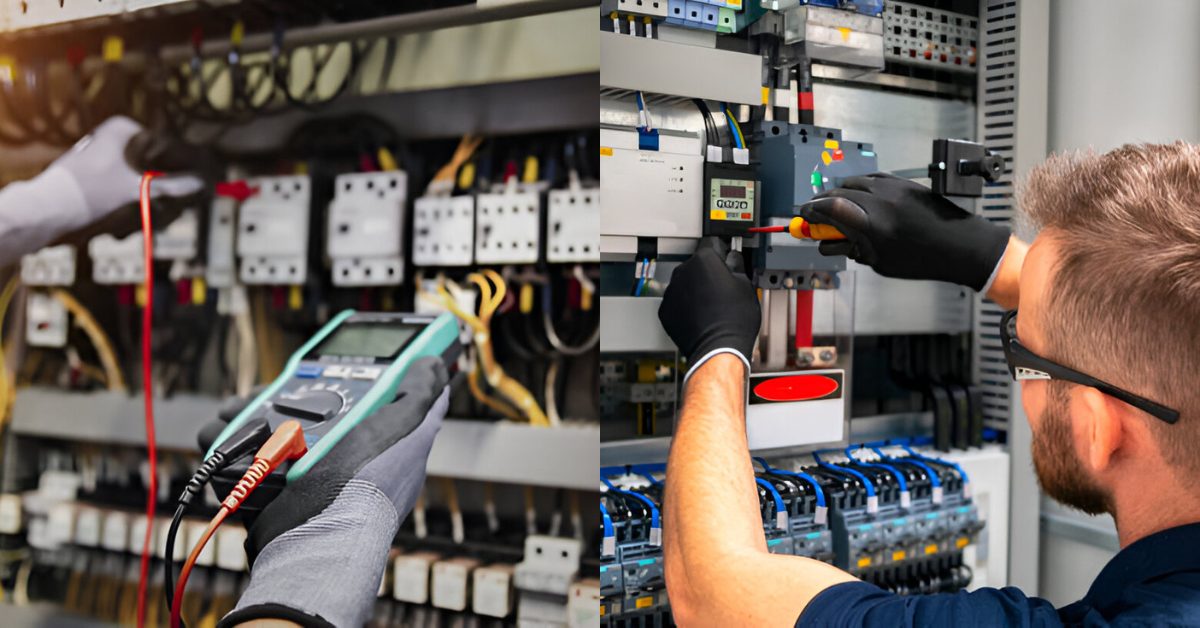
Key Factors Influencing EICR Costs
There are several different things that can influence the EICR Cost, all rooting from various causes. An understanding of these factors will help you to finance costs in a better and smarter way, and will provide you with all the necessary knowledge needed to understand what to ask for.
Size and type of property
A longer period of time is required to inspect properties that are larger in size. Moreover, properties that are more complex or older need more time, leading to a higher cost.
Number of circuits and complexity
Circuits are test points; more circuits = a greater number of test points. Therefore, it’s ultimately going to cost you more if you have a larger number of circuits, fuse boards, or sub-boards.
Age and condition of the electrical installation
It is expected to take longer if the wiring is old, the unit is outdated, or there are known faults. In these scenarios, more maintenance work is demanded, hence increasing the overall cost.
Location and accessibility
Some areas have higher costs cause of travel expenses or elevated labour rates. In addition to that, if certain parts of the installation are not easily accessible, costs might go higher.
Maintenance required
A very important detail is that the cost of maintenance is usually not included in the EICR cost. So, in case of any damages or repairs, extra budgeting is needed.
Provider qualifications and certification
Talented or reliable providers might charge a little more than usual but, it’s worth it as they have better services to offer. Therefore, focus more on hiring registered and qualified inspection companies.
What’s Included in the Cost, and What’s Not
Included
You can expect a typical EICR to include the following:
- Thorough checking of switches, wires, sockets, and the fuse board, etc.
- Electrical inspection of circuits.
- A certificate that shows if the electrical system is safe or requires repairs. The following codes are used to display and faults: C1 (danger present), C2 (potential hazard), C3 (improvement recommended).
- A landlord’s copy of the report and inspection results.
Not Included
- Maintenance work cost, e.g., rewiring circuits, replacements, and upgradations, etc.
- Unless mentioned specifically, Portable Appliance Testing (PAT) is not a part of the deal.
- Major rewiring work is a separate job and not a part of the EICR cost.
- Plug-in devices (like kettles, lamps, TVs, etc.) are not checked during the inspection.
Why an EICR is Money Well Spent
Now, let’s see why the EICR cost is an investment worth making:
Safety and risk reduction
A proper EICR is a major source of identifying and eradicating problems before they become serious and cause any further trouble.
Legal and insurance compliance
Many areas demand a valid EICR for rental homes. In case of not possessing one, fines are implemented. It’s Important to have an up-to-date report to show that you’ve played your part in ensuring the company’s safety.
Property value and ease of sale
Possessing an up-to-date EICR report provides buyers or renters with the mandatory reassurance that the property is safe and its electronics are in good condition. It helps in marketing and the sale of the property.
Cost savings in the long run
Identifying small defects and getting them fixed is more cost effective than larger repair bills later. It provides safety from potential liability or damage from electrical faults.
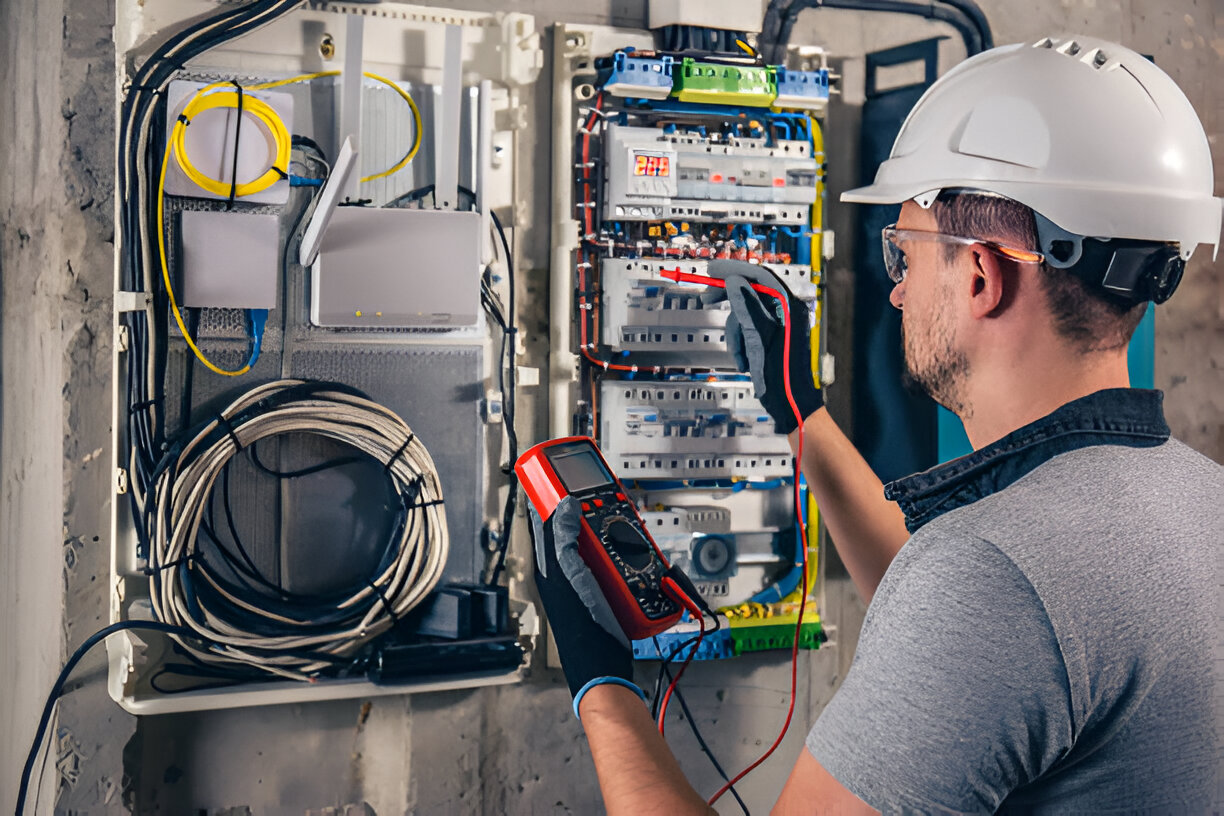
How to Reduce or Control Your EICR Costs
The following are some bonus tips for ensuring that you get value for your money when budgeting for an EICR:
Get multiple quotes: Do your market research and ask multiple trusted electricians for quotes, and clearly ask them what’s included and what’s not.
Check the scope: Avoid hidden expenses by ensuring that the given quote includes all circuits, wiring, etc.
Choose authorized electrician: Make sure that you only pick a trusted and qualified person/company.
Bundle with other work: Ask your electrician to bundle work if you’re planning on getting some other electrical work done as well (like replacing the consumer unit, adding new sockets). This phenomenon might get you a good discount.
Prior-prepare the property
To improve efficiency, make sure that the fuse boards, circuits are not blocked and easily accessible. Moreover, ensure that all the required paperwork is available.
Budget for remedial work
If the property is older, it’s better to expect extra cost and budget for it accordingly.
Keep records
Keep a track of the inspection and make sure that the report certificate is kept safe. It may be needed later on for important matters (like insurance, sale, lease renewal, or tendency purposes).
Frequently Asked Questions
Yes, for landlords and rental properties, it is mandatory to get an electrical safety certificate at least every 5 years.
For owner-occupied homes, it may not always be mandated by law, but it’s strongly recommended for safety purposes.
Five years for rental properties or on change of tenancy. On the other hand, for domestic homes, 5-10 years if no major changes are required.
Mostly, the defects within a report are identified with codes (C1, C2, C3), and after that, you’ll be informed of the remedial work. The maintenance cost is not included in the inspection cost, so you’ll have to keep a separate budget for that.
The EICR focuses on fixed wiring and circuits, not portable appliances. The Portable Appliance Test (PAT) focuses on portable devices. Tests other than EICR might incur extra cost.
No, if the property is simple and the provider is reputable, a lower cost may be fine.
Conclusion
While getting an EICR may feel like just another expense, it’s worth it and something that actually pays off. It provides you with all the necessary tools needed to keep your property in good shape, keep your tenants safe, and protect you from the headache of expensive repairs in the long term. Based on your property’s size, age, and wiring, the costs may vary. It’s important to note that routing for a reliable and registered electrician is always worth it for the peace of mind it provides you with in the long run.
You not only save yourself from legal trouble by getting your property regularly checked, but it also showcases that your tenant’s safety is a priority for you. It’s a key step of building long-term trust and confidence between you and the people who call your property home.
Investing a little amount today can save you from spending a lot in the future. If you route for a quick inspection today and get your small electrical shortcomings resolved, it can prevent these small problems from turning into big issues that will force you to compromise your peace.
Our team is at your service if you’re unsure of where to start. We make sure that we make this process simple, transparent, and affordable for you. Inspection to certificates, we handle everything with care and transparency for you.
In the end, EICR isn’t just another paperwork; it’s about being a landlord who truly cares about keeping everyone in the property protected and comfortable.
About the Author: Atia Amin
Related Posts
Get Social
Recent Posts
- Fire Alarm Installation as a Foundation for Stronger Property Protection
- Properties That Must Hold a Valid Fire Safety Certificate
- How a Fire Risk Assessment Shapes Stronger Safety Decisions
- Why Every Property Requires a Valid Gas Safety Certificate
- EICR Testing and Property Safety Overview Guide for Building
